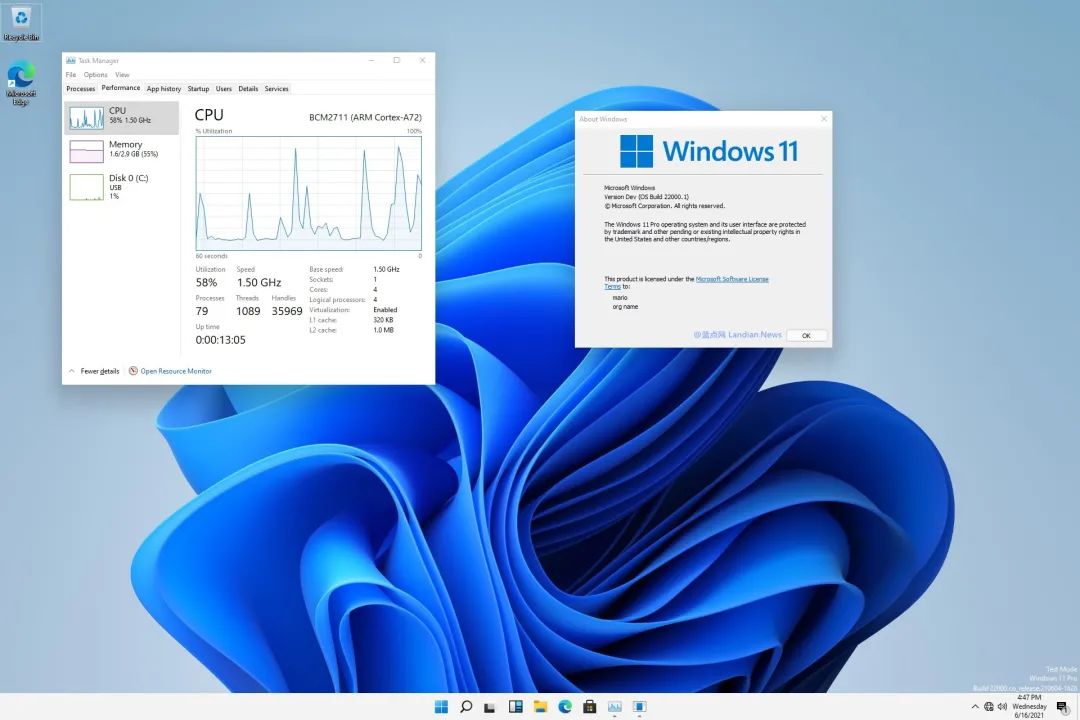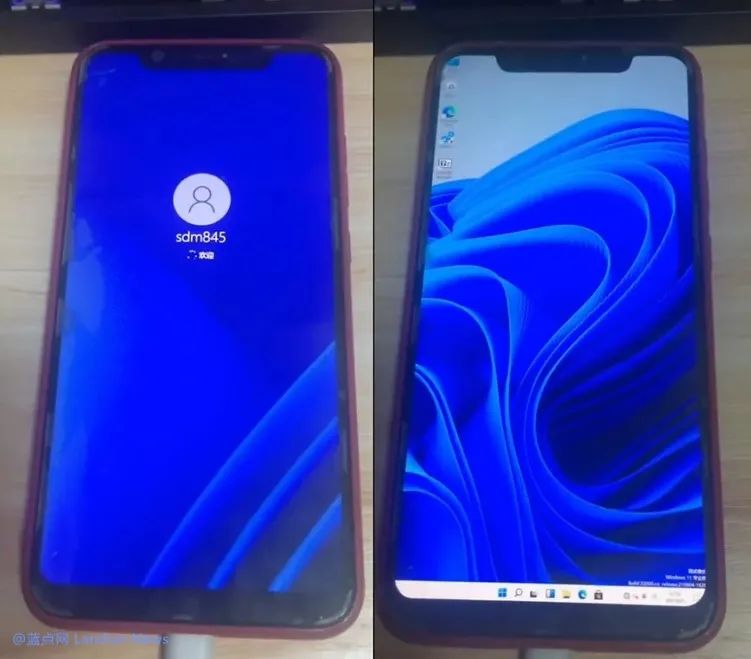Microsoft has provided support for Raspberry Pi single-board computers since Windows 10, allowing the installation of a low-power IoT version provided by Microsoft.
However, the IoT version cannot run desktop applications, making its practical use limited, especially for desktop users of Raspberry Pi who need a complete operating system.
Now, developers have successfully deployed Windows 11 ARM version on the Raspberry Pi 4B, which is a complete operating system supporting all major features.

Bypassing TPM Restrictions:
Installing Windows 11 on Raspberry Pi is similar to the installation process on a regular computer, requiring the bypassing of Microsoft’s restrictions on security chip types.
Since the Raspberry Pi lacks a security chip and secure firmware, a direct installation will prompt an error; however, once bypassed, the entire installation process is straightforward and easy to handle.
The image file used by developers was downloaded from the UUPDUMP platform, specifically the Windows 11 Dev Build 22000.51 on ARM image file.
The Raspberry Pi 4B uses the Broadcom BCM2711 based on the ARM Cortex-A72 core, which is more than capable of running compatible Windows 11.
Interestingly, developer MARIO noted that after installing Windows 11, the Raspberry Pi 4B seems to perform better, running smoother than the Windows 10 IoT version.
(Open source project address: https://github.com/worproject/)

Xiaomi 8/OnePlus 6T/Lumia 950 XL Successfully Installed:
In addition to the Raspberry Pi, developers have also successfully deployed Windows 11 Dev on ARM version on Xiaomi 8, OnePlus 6T, and Lumia 950 XL.
These devices also use ARM chips, making them compatible with Windows 11, although some features may not work correctly despite the successful installation.
This further illustrates that whether it is TPM 2.0 or secure boot, these are requirements added by Microsoft, and Windows 11 itself does not inherently require these components.
Overall, in the DIY realm, Windows 11 is similar to Windows 10; as long as developers are interested, deploying it on target devices is not a difficult task.
Windows 11 has some points that must be criticized!
Resolve your OCD: Customize the user folder names in Windows 10/11
Windows 11 now supports system-level DoH encryption to prevent information from being snooped on
Bypass TPM 2.0 restrictions and install Windows 11 directly on physical machines